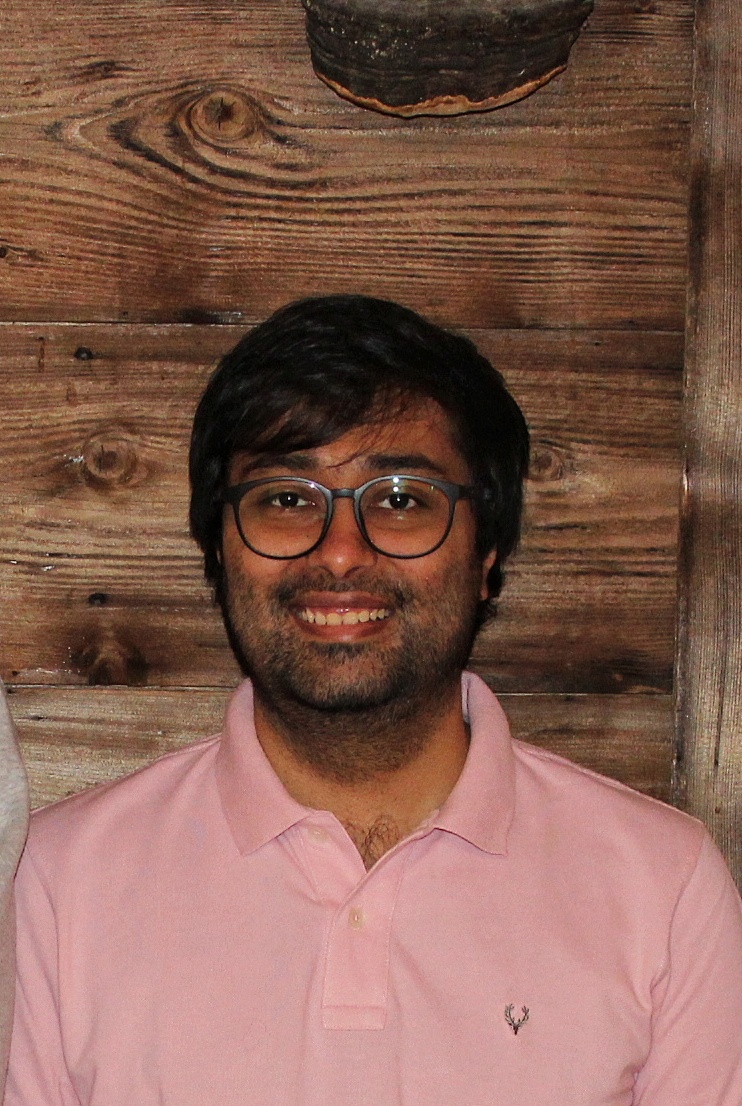January 01, 2018
Course Project, Technical University of Munich, Munich, Germany
This project evaluates several algorithms for iterative closest point algorithm. Iterative closest Point (ICP) is an algorithm employed to minimize the difference between two point clouds given an initial estimate of the relative pose. It is often used to reconstruct 2D or 3D surfaces from different scans, to localize robots and achieve optimal path planning and to register medical scans. ICP has several steps and each step may be implemented in various ways which give rise to a multitude of ICP variants. In our project, we implement and analyze several variants of ICP, comparing them on the basis of execution speed and quality of the result.
